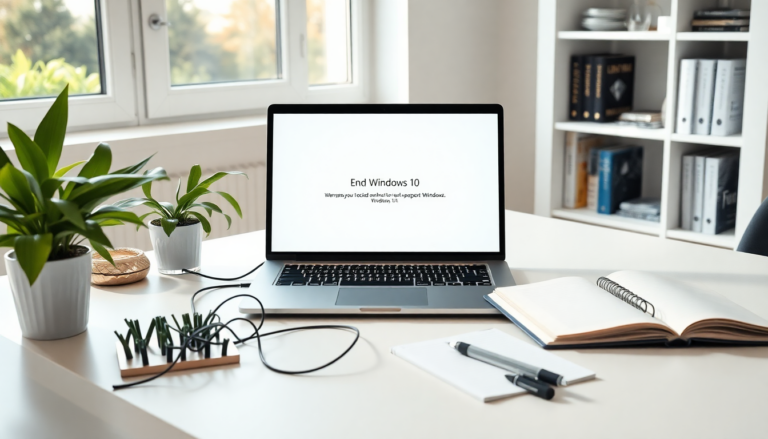Argomenti trattati
As of October 14th, Microsoft has officially pulled the plug on support for Windows 10, leaving many users in a tough spot. With this transition, you won’t be getting any new features or enhancements, and security updates will also be a thing of the past. While Microsoft does offer an option to extend security support for another year through its services, the reality is that many applications will gradually stop functioning on Windows 10. Microsoft is urging users to upgrade to Windows 11, but that can be a real challenge for those whose devices don’t meet the new operating system’s requirements.
The Impact of Ending Support
The end of support for Windows 10 creates a significant dilemma for many users. Not everyone has the budget to invest in a new machine that can run Windows 11. Plus, some might feel hesitant about making the jump to the latest operating system for a variety of reasons, including concerns about privacy or the daunting task of adapting to a new interface. Let’s face it, the thought of discarding a perfectly functional PC isn’t appealing at all. Fortunately, there are alternatives out there.
KDE has launched a campaign called ‘KDE for Windows 10 Exiles’, aimed at encouraging current Windows 10 users to explore the Linux environment. This initiative is particularly relevant for those whose older PCs can’t be upgraded to Windows 11. Instead of adding to the pile of electronic waste, KDE promotes a more environmentally friendly approach by transitioning to Linux, specifically through their Plasma Desktop interface.
What Exactly Is Plasma Desktop?
Plasma Desktop isn’t a standalone Linux distribution; it’s a user-friendly interface designed to work with popular Linux distributions like OpenSUSE, Fedora, Manjaro, and Kubuntu. It offers a seamless alternative for those looking for a familiar desktop experience. The environment includes essential features such as an app launcher, a system tray, notification capabilities, and access to a wide range of software repositories—all while providing extensive customization options to fit individual preferences.
If you’re keen on keeping your current machine and diving into the world of Linux, OpenSUSE with Plasma is an excellent choice. The installation process is straightforward, and resources like the OpenSUSE Installation Quick Start Guide offer step-by-step instructions to make the transition as smooth as possible. Still uncertain about making the switch? Don’t worry; there are plenty of guides and community forums ready to assist you throughout the process.
Making the Transition Smoothly
Switching from Windows 10 to Linux might seem intimidating at first, but with the right resources and community support, it can turn into a rewarding adventure. Many users have discovered that Linux not only breathes new life into older hardware but also boosts security and provides a vibrant community eager to help newcomers. Plus, various Linux distributions come with their own unique features and benefits, allowing you to find the one that best meets your needs.
By considering a shift to Linux, you not only avoid the pitfalls that come with the end of Windows 10 support, but you also reduce your ecological footprint by cutting down on electronic waste. This transition can empower you with greater control over your computing environment, all while maintaining a functional and efficient workspace.
Looking Ahead
As we transition beyond the Windows 10 era, it’s crucial to stay informed about the changing landscape of operating systems. Engaging with communities, reading user reviews, and exploring various distributions will help you make informed decisions about your computing needs. With the right mindset, the end of Windows 10 support can be viewed not as a setback, but as a golden opportunity to explore new horizons in technology.

